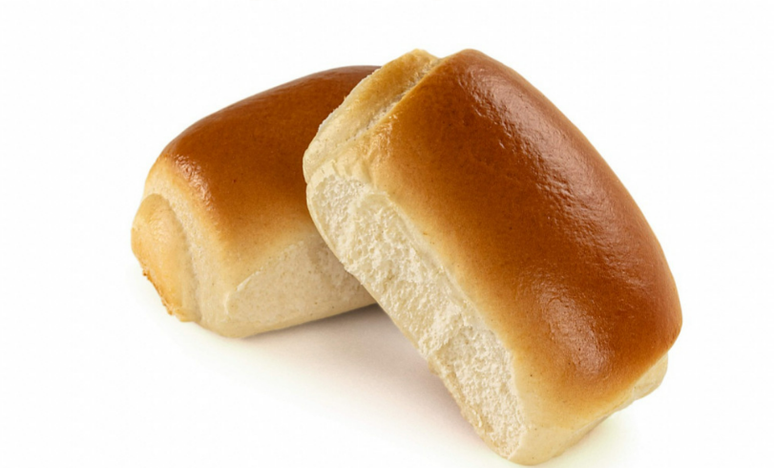A national survey brought to light alarming data on the diet of Brazilian children. According to the national study of food and child nutrition (Enani-2019), conducted by Ufrj with 14,505 children in 123 municipalities and in the federal district, almost a quarter of feeding of children up to five years (24.7%) is composed of ultra-elaborate foods.
Consumption grows according to age: between 2 and 5 years, 30.4% of the daily children’s diet is already formed by ultra elaborate. Between children from six months to two years, the rate is 20.5%, a worrying number, since the official recommendation is to completely avoid this type of food at this stage. The study also underlines that 60.6% of children under the age of 2 sweet and sugary consumption, an index that reaches 80.4% between 2 and 5 years.
Dr. Juliana Alves pediatrician and neonatologist, specialized in supplementary and functional pediatrics, explains that these numbers reveal a serious risk.
“Not all” fast snacks “are harmless. Many common products in the routine of families hide chemical additives, excess sugar, sodium, low quality fats and even potential substances for cancer”, warns.
The worst ultra elaborate for children, according to the pediatrician is:
Basin: Made with refined flours and a high glycemic index, they favor obesity, insulin resistance and intestinal changes.
Cheese cream: It contains low quality saturated fats and artificial additives, which work as inflammatory and nourishing food.
Water and salt biscuit: Although it looks “light”, it usually contains pesticides in cereals, refined flour and inflammatory vegetable oils.
Padded Cracker: Mix of sugar, white flour and refined oils that generate food addiction, liver overload and damage to the intestinal microbiota.
Nuggets: prepared with low quality meats, starch, sodium and additives; They may contain nitrosamine, substances associated with cancer.
Sausage: Rich in sodium and preservatives such as nitrite and nitrate, which increase the risk of metabolic diseases and even cancer if consumed frequently.
In addition to the direct impact of these products, the doctor recalls that children’s food starts long before their dish. During pregnancy and breastfeeding, everything that the mother eats influences the health of the child, from the formation of the intestinal microbiota to the regulation of immunity and metabolism. Already in the food introduction, the example is decisive: if the child sees fruit, vegetables and natural foods on the family table, it is much more likely that you accept and appreciate these foods.
In childhood and adolescence, the habits of the family environment continue to model the choices. “Children who grow up in homes where there are ultra -elaborate non -alcoholic drinks and” food package “available tend to repeat this model in adulthood. Food is a collective habit: when adults choose with consciousness, children naturally follow the example,” says the pediatrician.
For Dr. Juliana, each meal is an opportunity to educate and strengthen ties. “Choose what comes from the fair, prepare together, sit at the table, eat calmly … all this teaches the child health and coexistence. Taking care of their food is, in practice, to take care of your child’s health.”
Source: Terra
Ben Stock is a lifestyle journalist and author at Gossipify. He writes about topics such as health, wellness, travel, food and home decor. He provides practical advice and inspiration to improve well-being, keeps readers up to date with latest lifestyle news and trends, known for his engaging writing style, in-depth analysis and unique perspectives.









